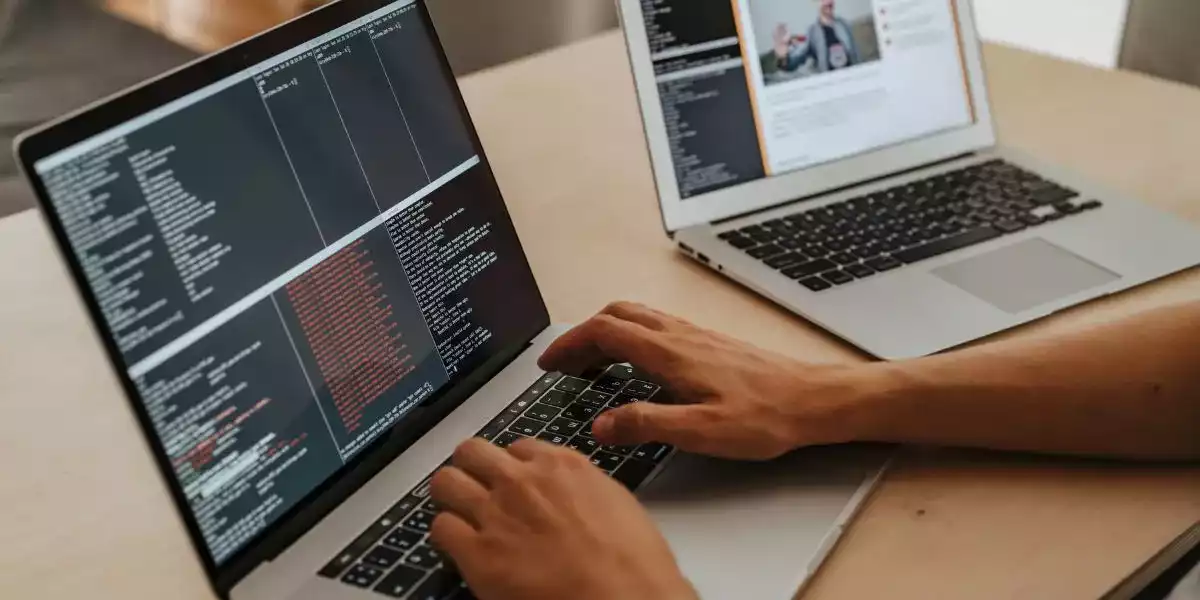Coding, also known as programming or software development, is the process of creating instructions that a computer can understand and execute. These instructions, called code, are written in programming languages such as Python, C++, Java, and JavaScript. Coding is fundamental to computer science and is used to develop various software applications and programs, including operating systems, mobile apps, video games, and websites.
The Coding Process
- Defining the Problem or Task: Before writing any code, a programmer must first understand what they are trying to accomplish and how they plan to achieve it.
- Planning and Designing the Solution: Once the problem is understood, the programmer will plan and design the solution by creating a flowchart or pseudocode, which is a rough outline of the code that will be written.
- Writing the Code: This involves writing the actual instructions for the computer using a specific programming language and syntax.
- Testing the Code: After writing the code, the programmer tests it to ensure it works correctly and to find and fix any errors (debugging).
- Maintaining the Code: After the code is tested and working as expected, it must be updated, maintained, and documented as needed.
Coding is a critical skill in today’s digital world and is in high demand across various industries. It is not only about learning a specific programming language but also about problem-solving, logical thinking, and creativity. There are many resources available to help you learn to code, including online tutorials, coding bootcamps, and college courses.
How Does Code Work in a Computer?
Code, or software, is a set of instructions that tell a computer what to do. Written in a programming language, it is translated into machine code—a series of ones and zeroes that the computer can understand.
- Execution: When code is executed, the computer reads the instructions line by line and performs the specified actions. For example, a line of code may instruct the computer to display a message or perform a calculation.
- Central Processing Unit (CPU): The CPU reads and executes machine code instructions, performing the operations specified.
- Memory: The computer’s memory stores the data that the code uses and produces.
- Interaction with Hardware and Software: Code can interact with the computer’s hardware (e.g., keyboard, mouse, display) and other software programs.
Code is at the foundation of all computer systems and software, used to create everything from simple programs to complex systems that run entire organizations.

Is Coding the Same as Programming?
While coding and programming are often used interchangeably, they can be considered slightly different:
- Coding: Refers specifically to the process of writing the instructions that the computer will execute using a programming language.
- Programming: Encompasses the entire process of creating software. This includes defining the problem, planning and designing the solution, writing the code, testing, and maintaining the code.

In essence, coding is a part of programming. Programming is a broader term that includes coding but also involves understanding the problem, planning, debugging, testing, and maintaining the software.
Coding is the process of writing instructions that a computer can execute, while programming is the broader process of creating software, which includes coding but also other steps like planning, testing, and maintenance. Both are critical skills in the digital world, enabling the development of a wide range of software applications and new technologies.


